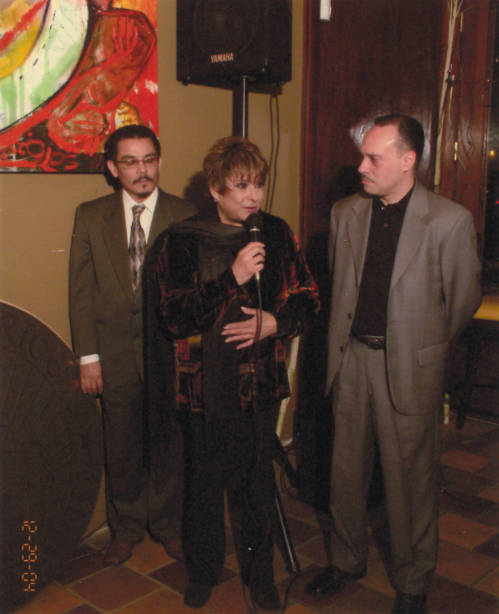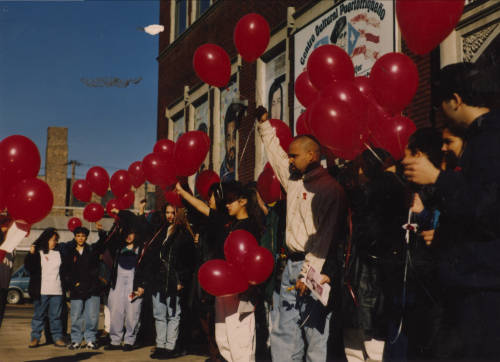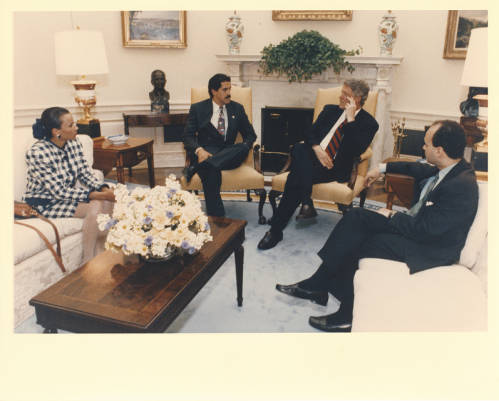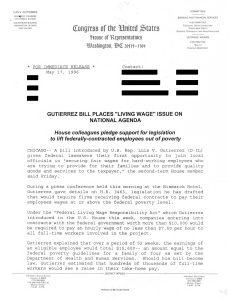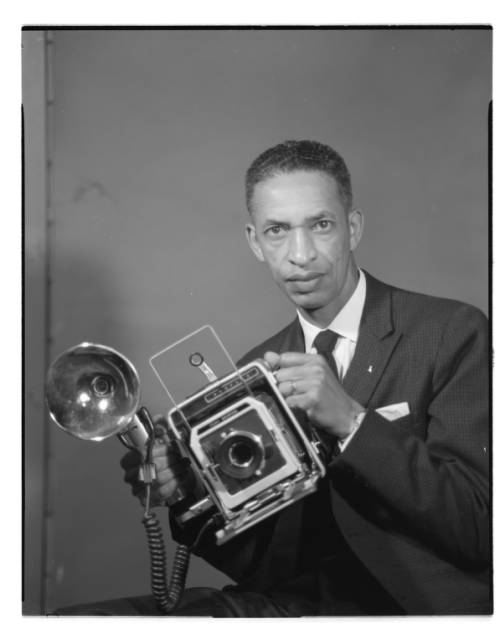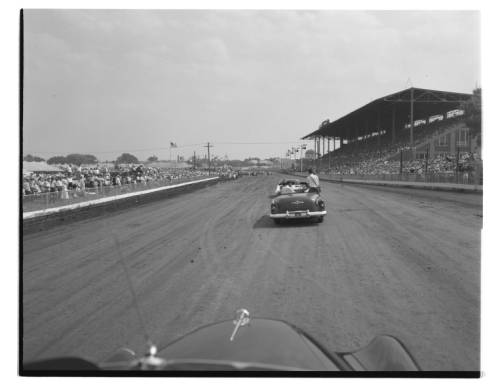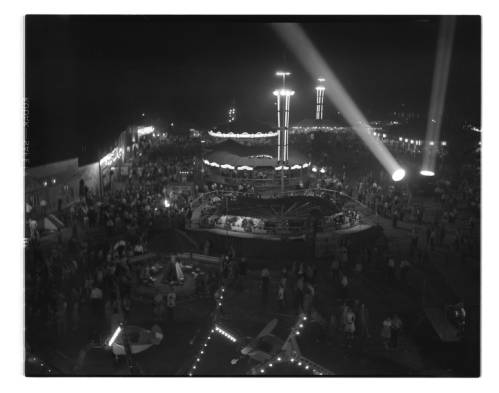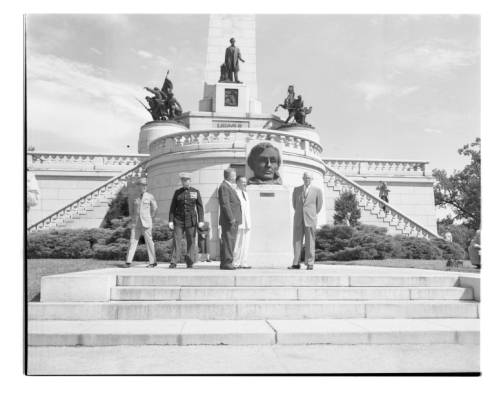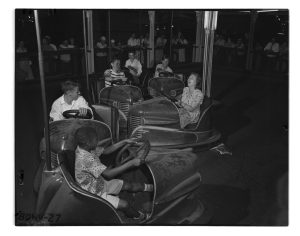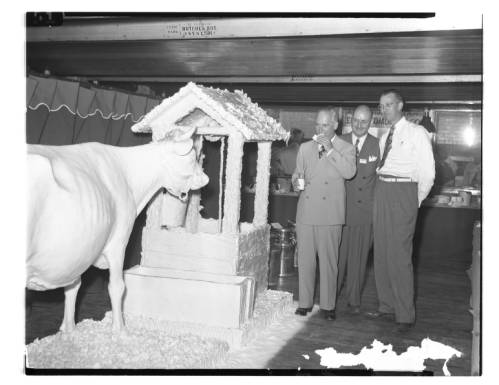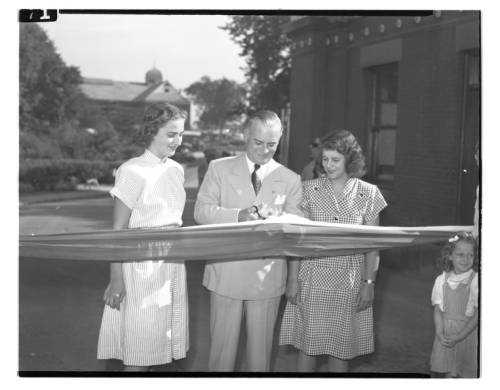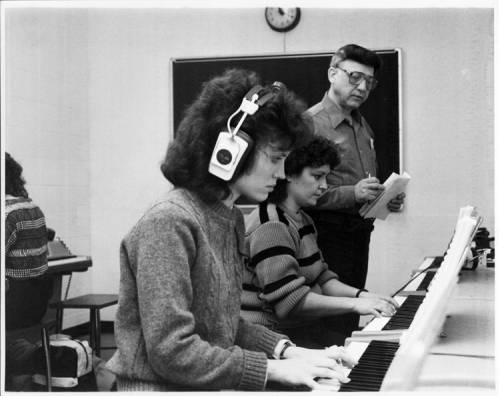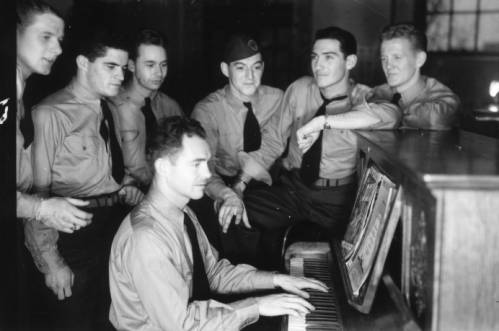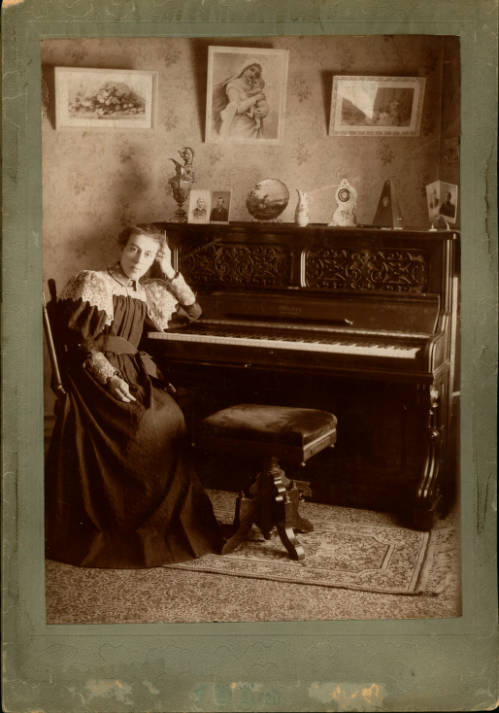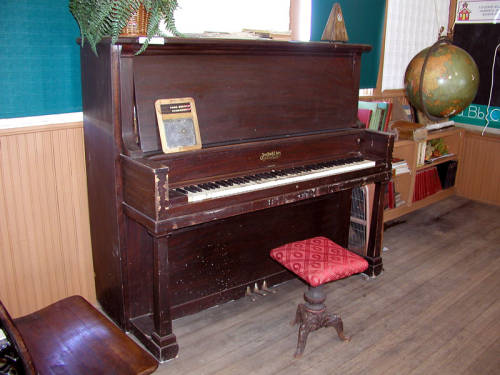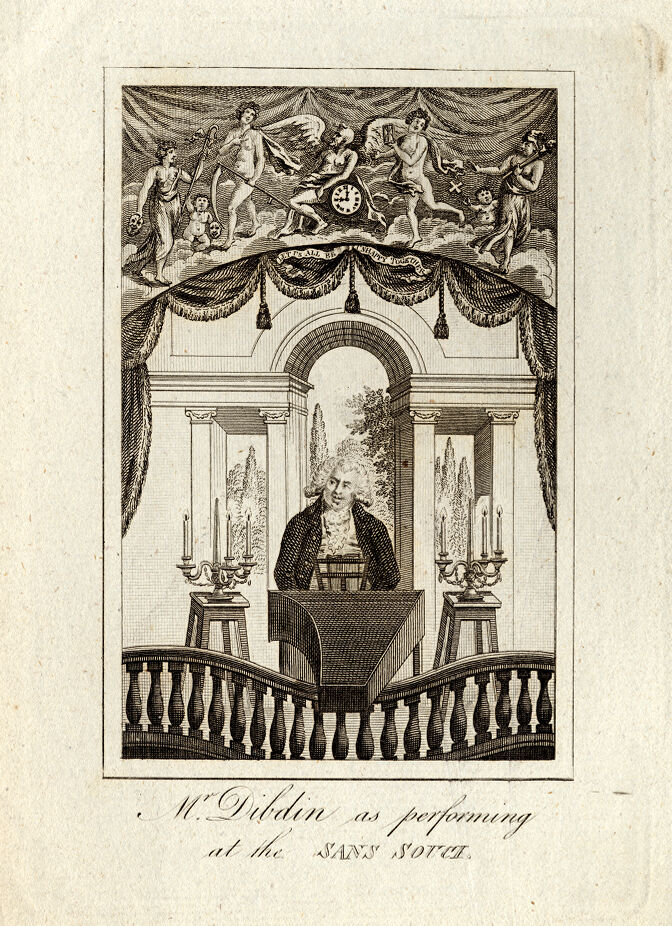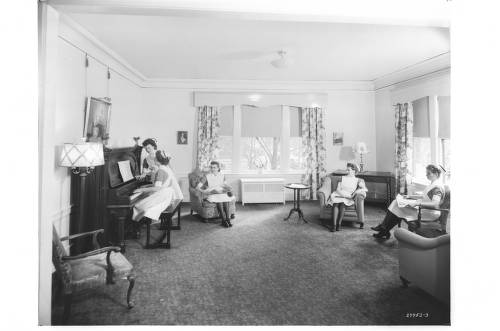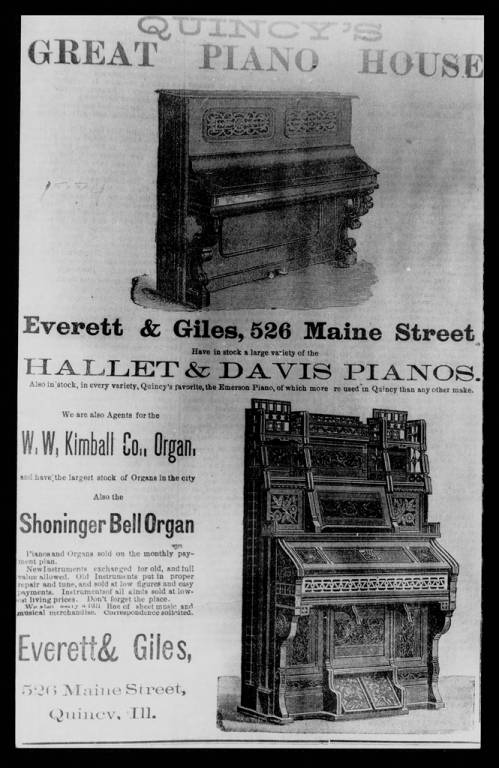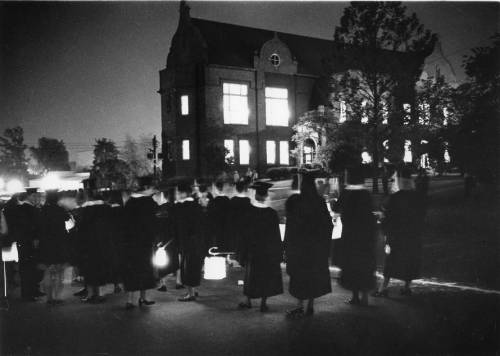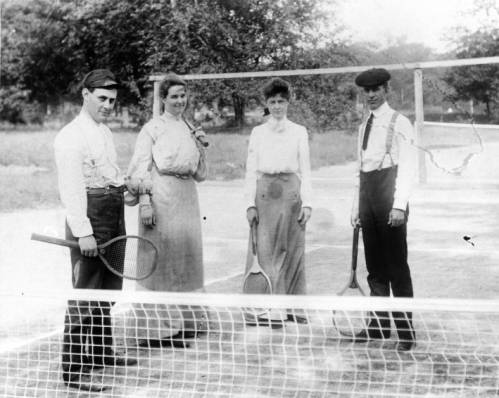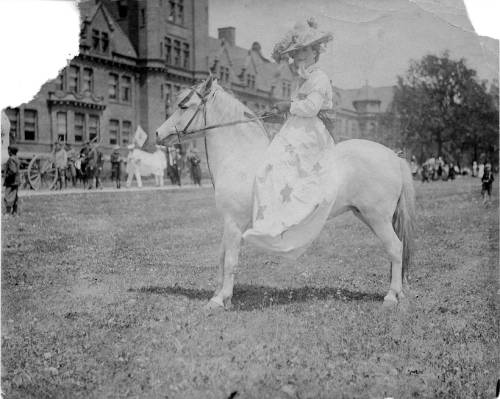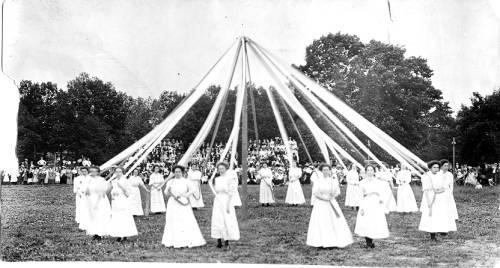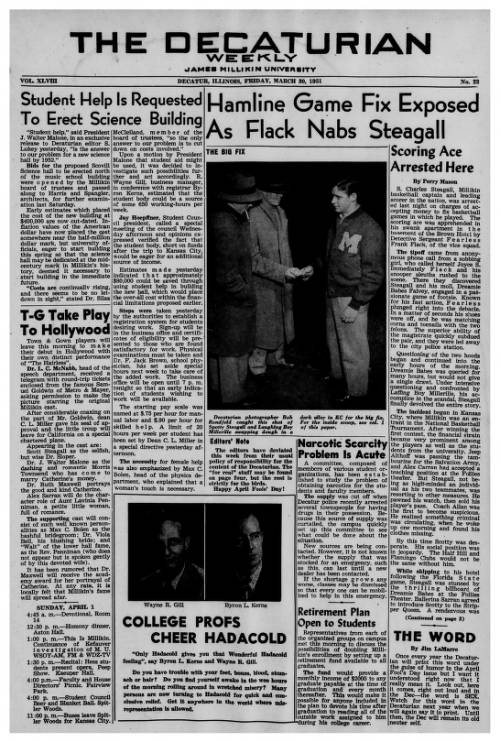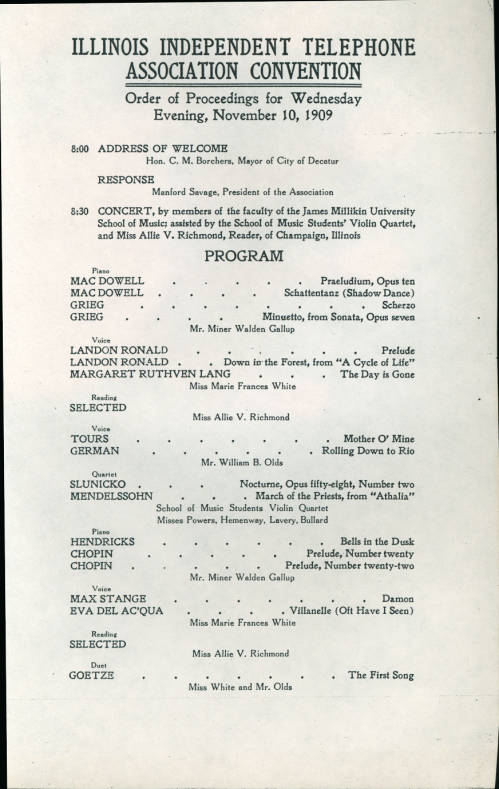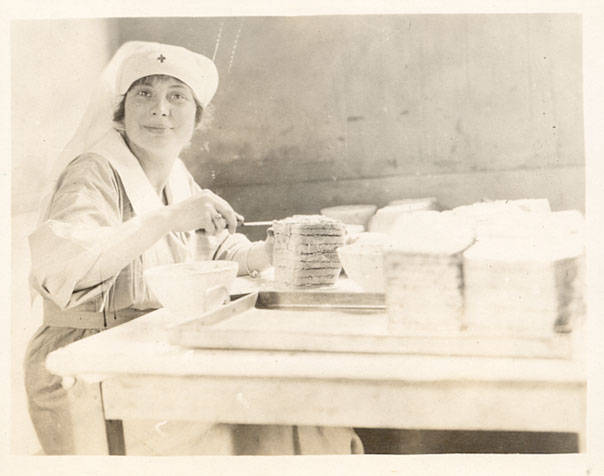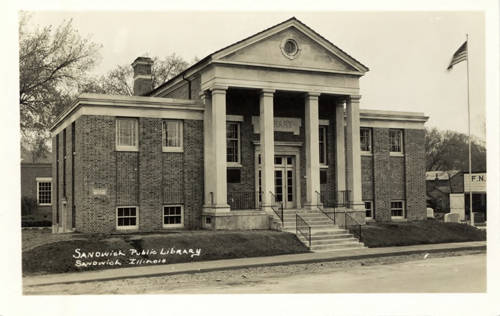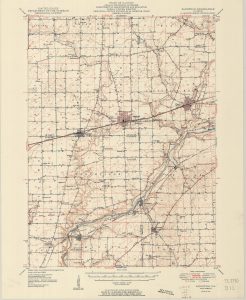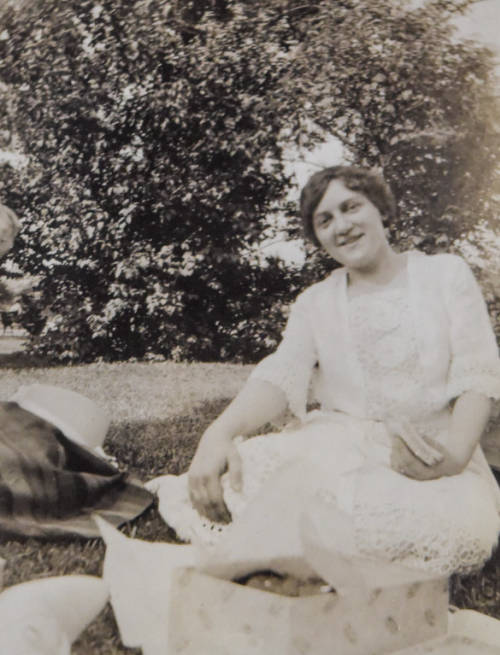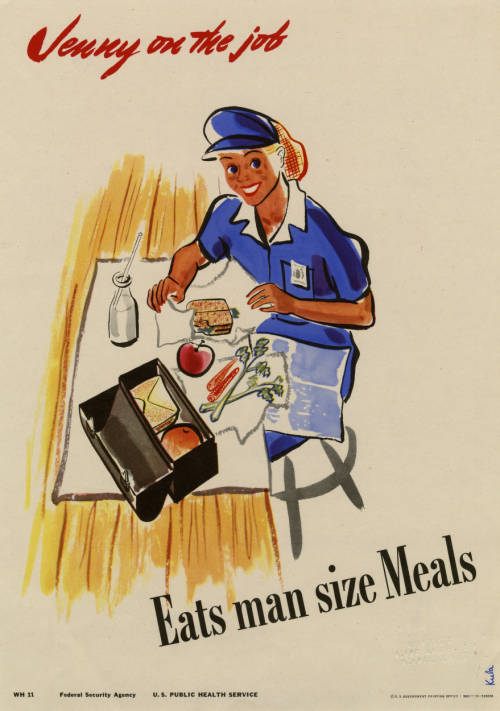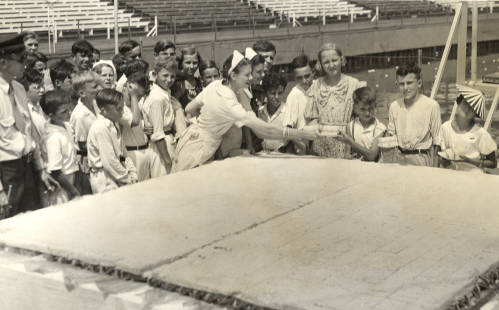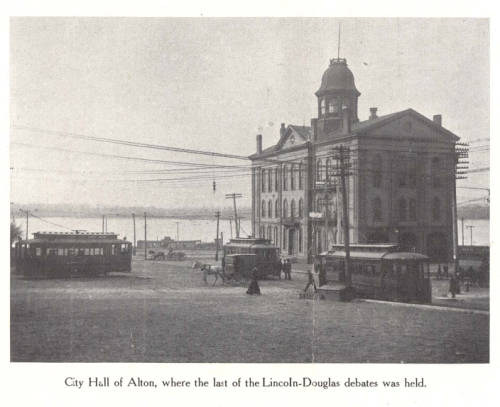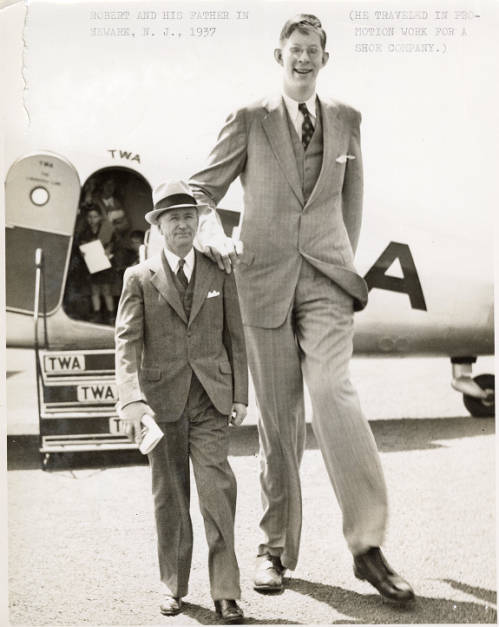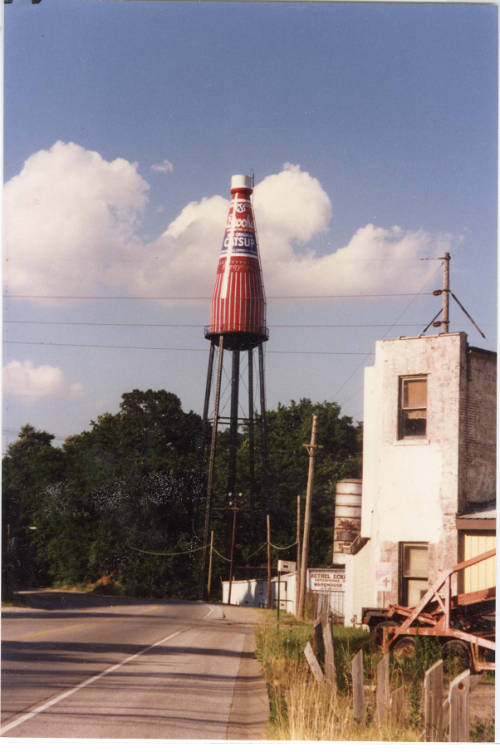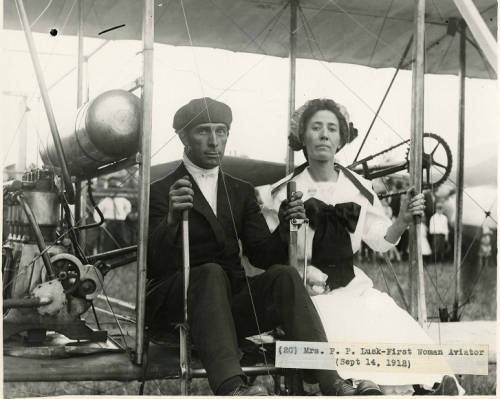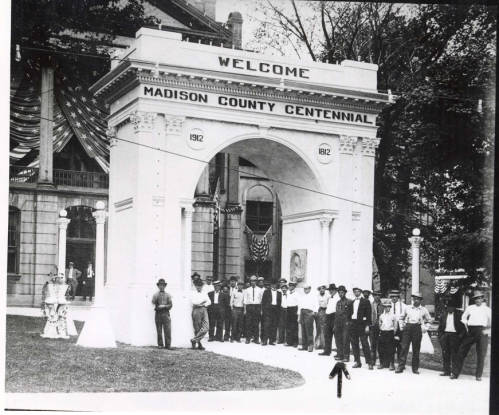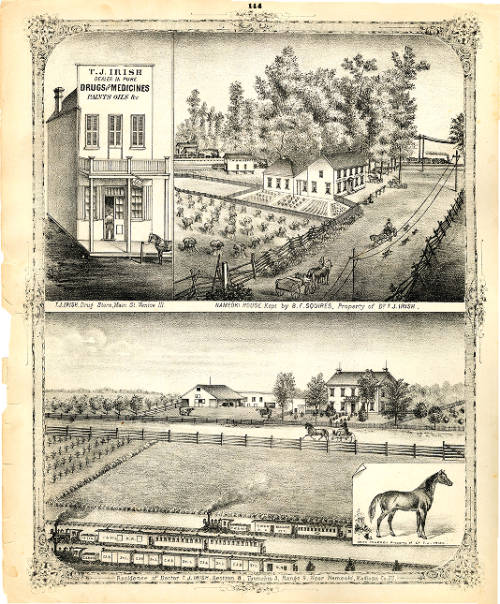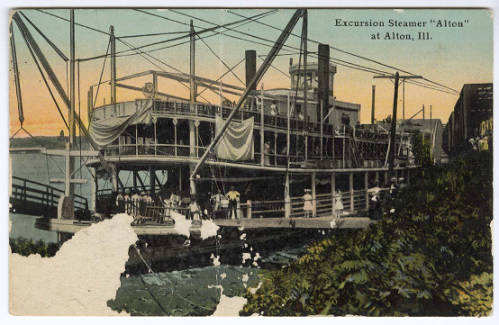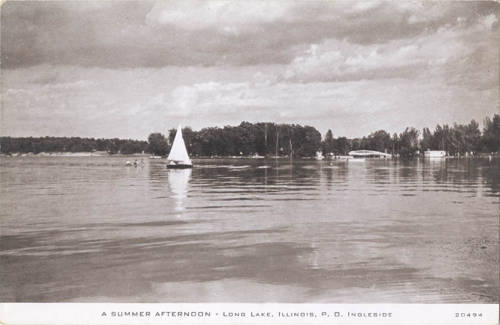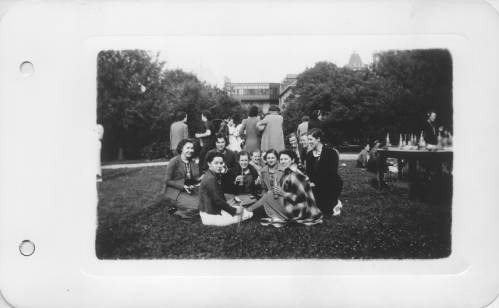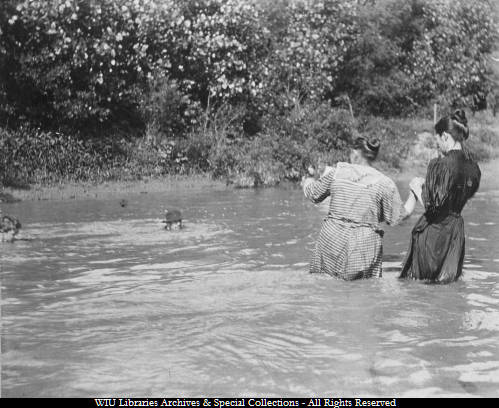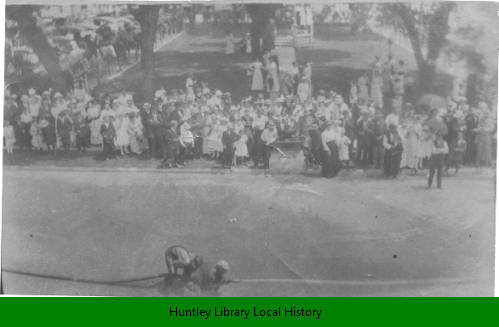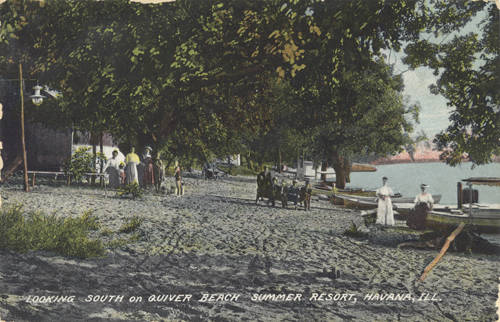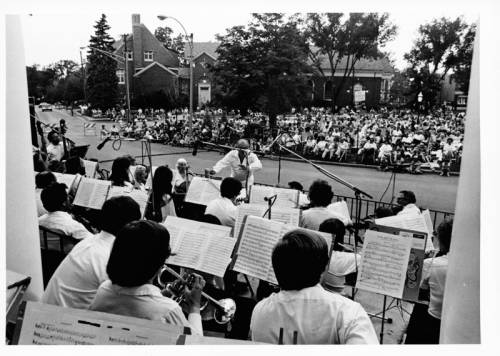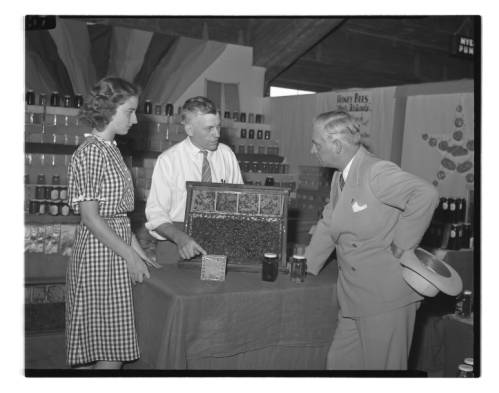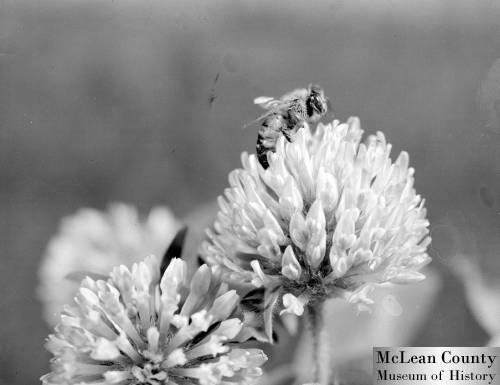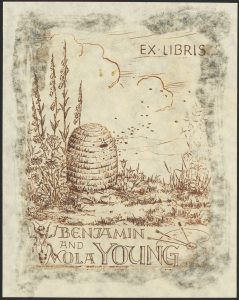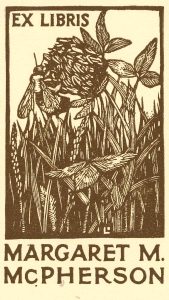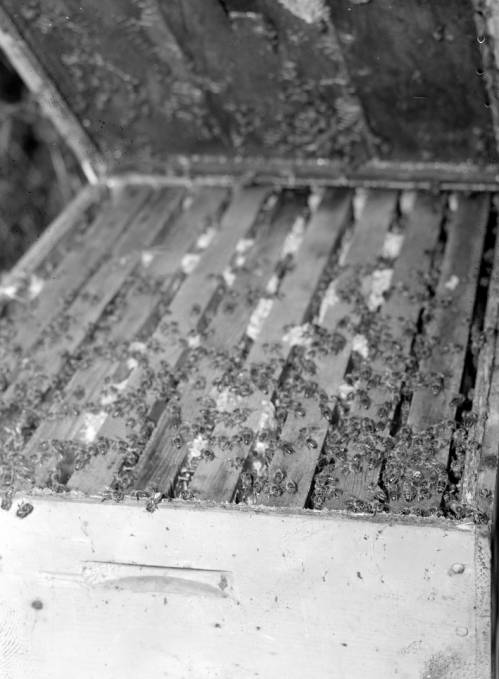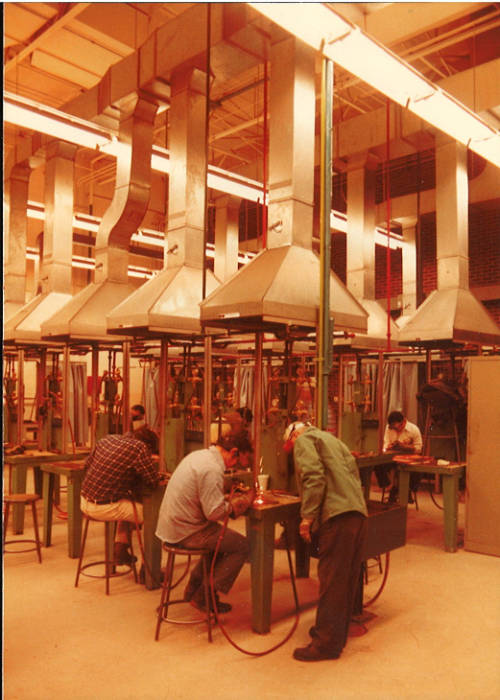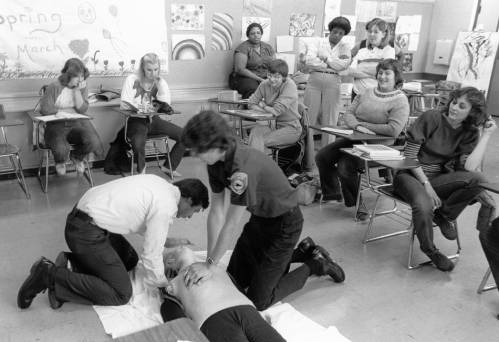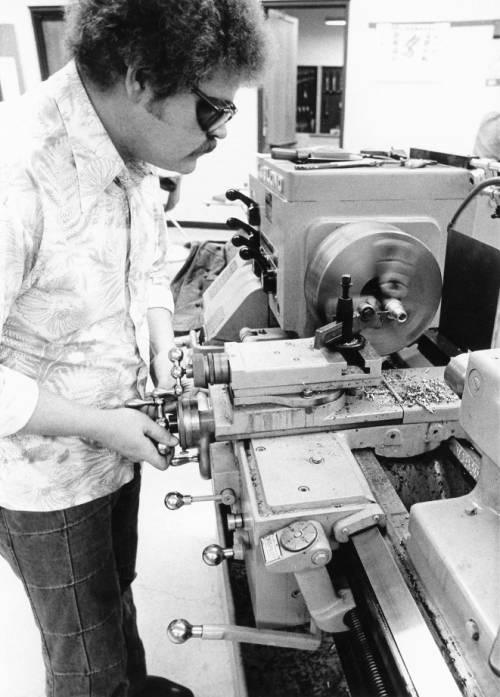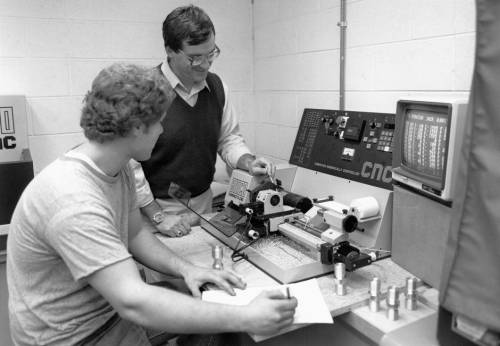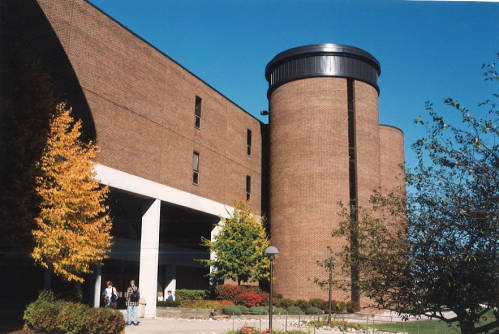October marks that time of the year when we dress up as ghouls and goblins, decorate our homes with spiderwebs and skeletons, and indulge in all manner of frightening things. As a nod to these spine-chilling 31 days, the IDHH is featuring the fascinating use and art of tombstones and other grave markers. As diverse as the great variety of funerary traditions around the world, grave markers serve not only the utilitarian purpose of demarcating the physical space where an individual might lie, but also reflect the social values and traditions of a specific period or people. Cemeteries and other burial places held great significance from the earliest days, as providing a place for the dead was thought to be an important family obligation. This significance would eventually extend to larger communal graveyards and burial places as inclusion in these spaces became exclusive to community members, often excluding foreigners, criminals, and other unwanted groups.
The tombstones and grave markers within these communal spaces have communicated a number of ideas to visitors over time. As a work of art, the craftsmanship and skill in the construction of the tombstones can be an aesthetic pleasure in its own right. Such artistry leads people to create gravestone rubbings with charcoal and to capture graveyard scenes through painting and photography. The construction and grandiosity of these markers may also impart a sense of prestige or wealth, such as in the image below of Carrie Eliza Getty’s large tomb in Chicago. Of course, tombstones also act as a memorial to previous generations, prompting us to seek out the histories of those buried there, like of the Mabie family and their influential 1840s circus show in Wisconsin. Whether viewed as art, icon, or historical marker, tombstones offer a (spooky) glimpse into the values and customs of those who are no longer with us.
Here are a few of our favorite items featuring tombstones from across the Midwest:
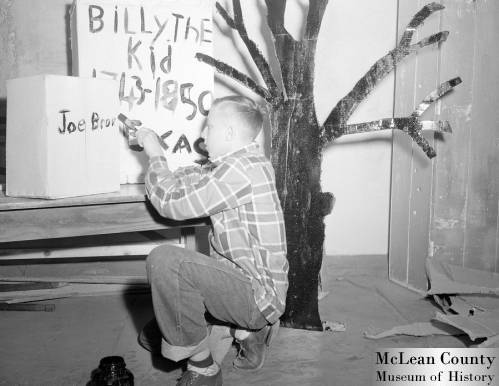
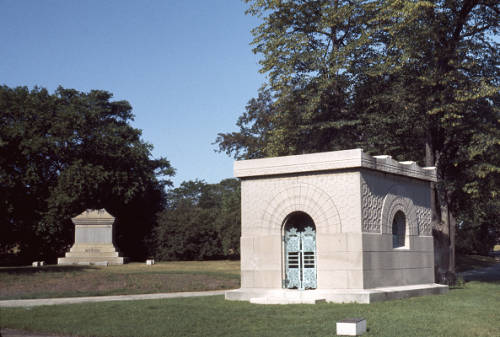
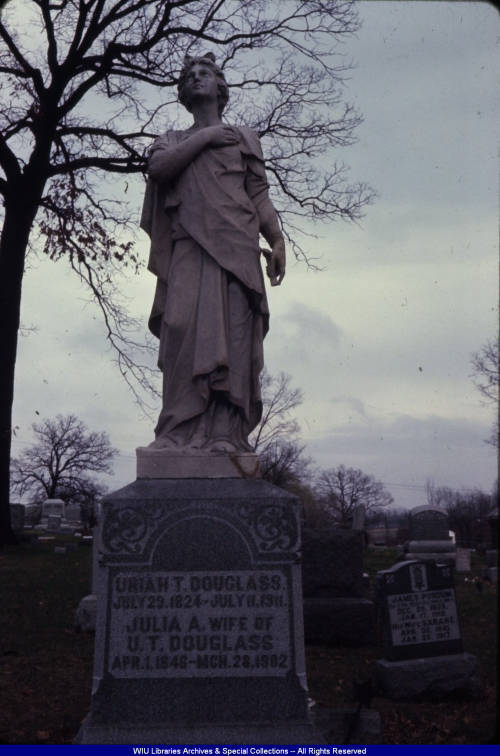
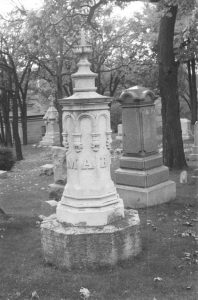
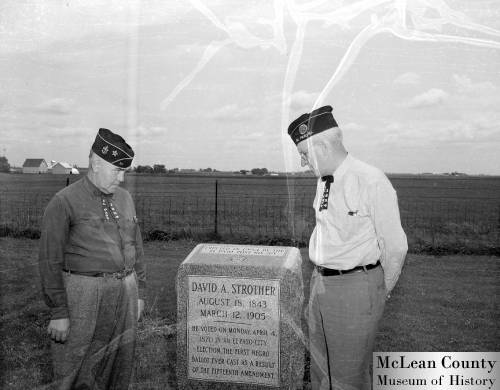
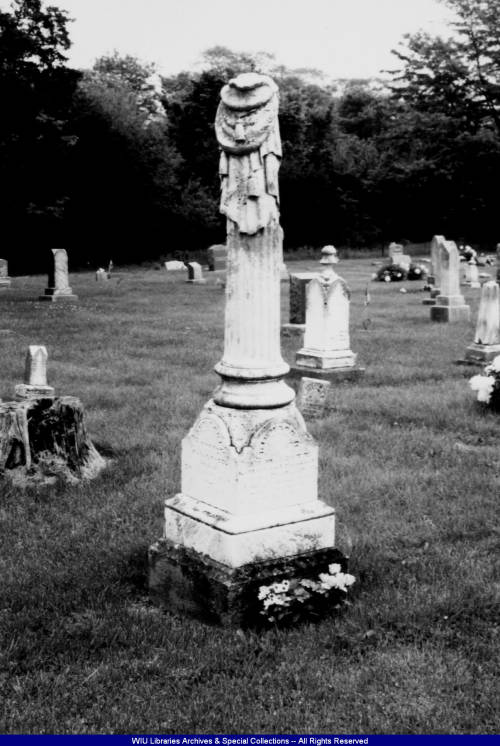
Want to see more?
Visit the IDHH to browse even more items related to tombstones and grave markers.

